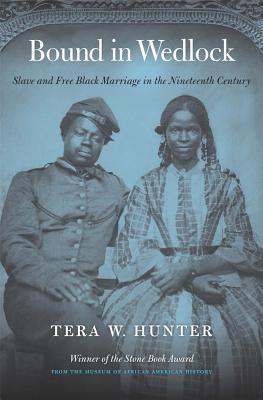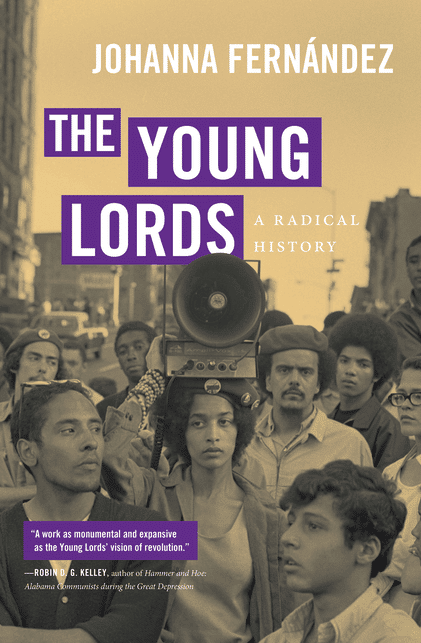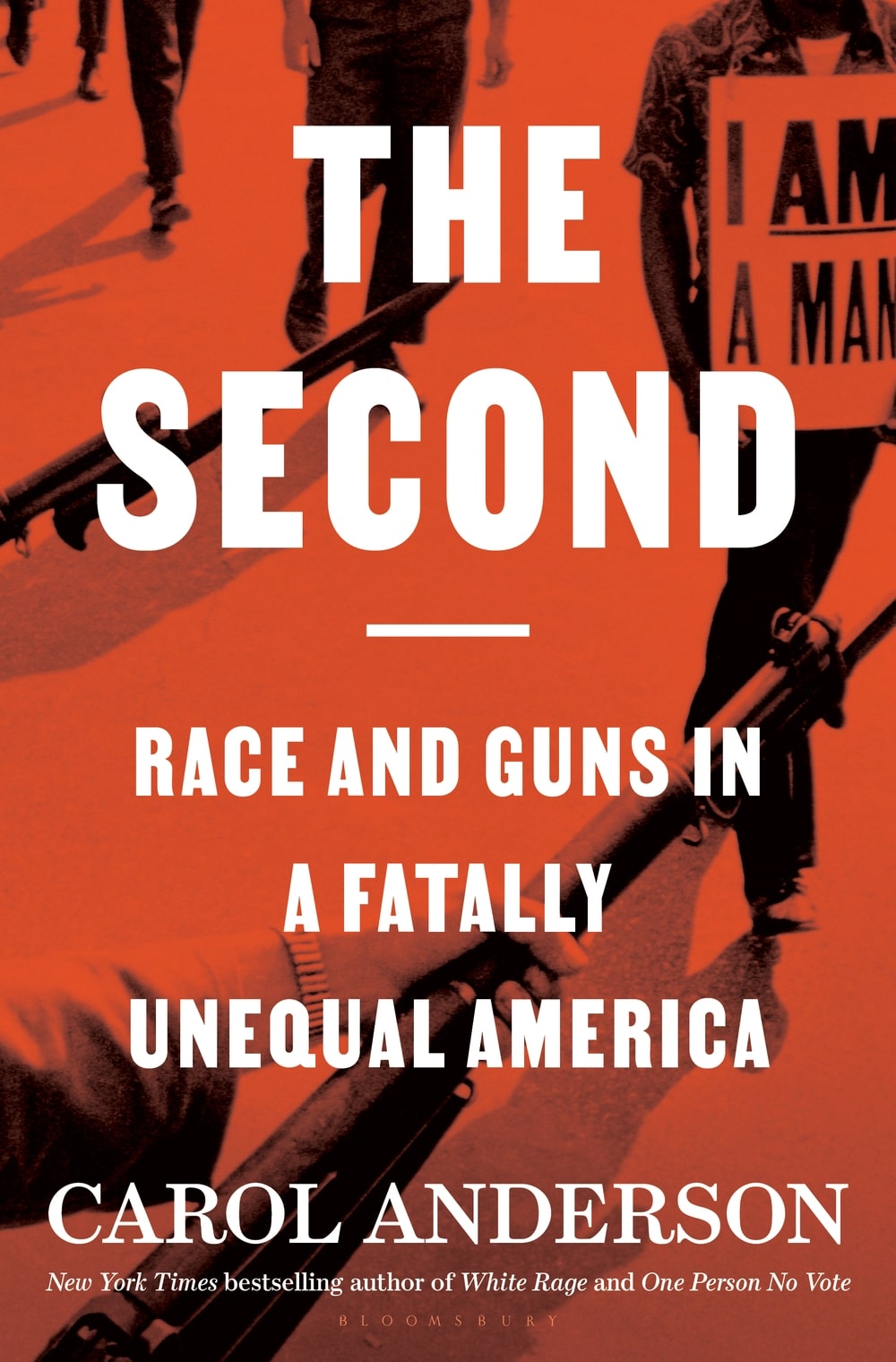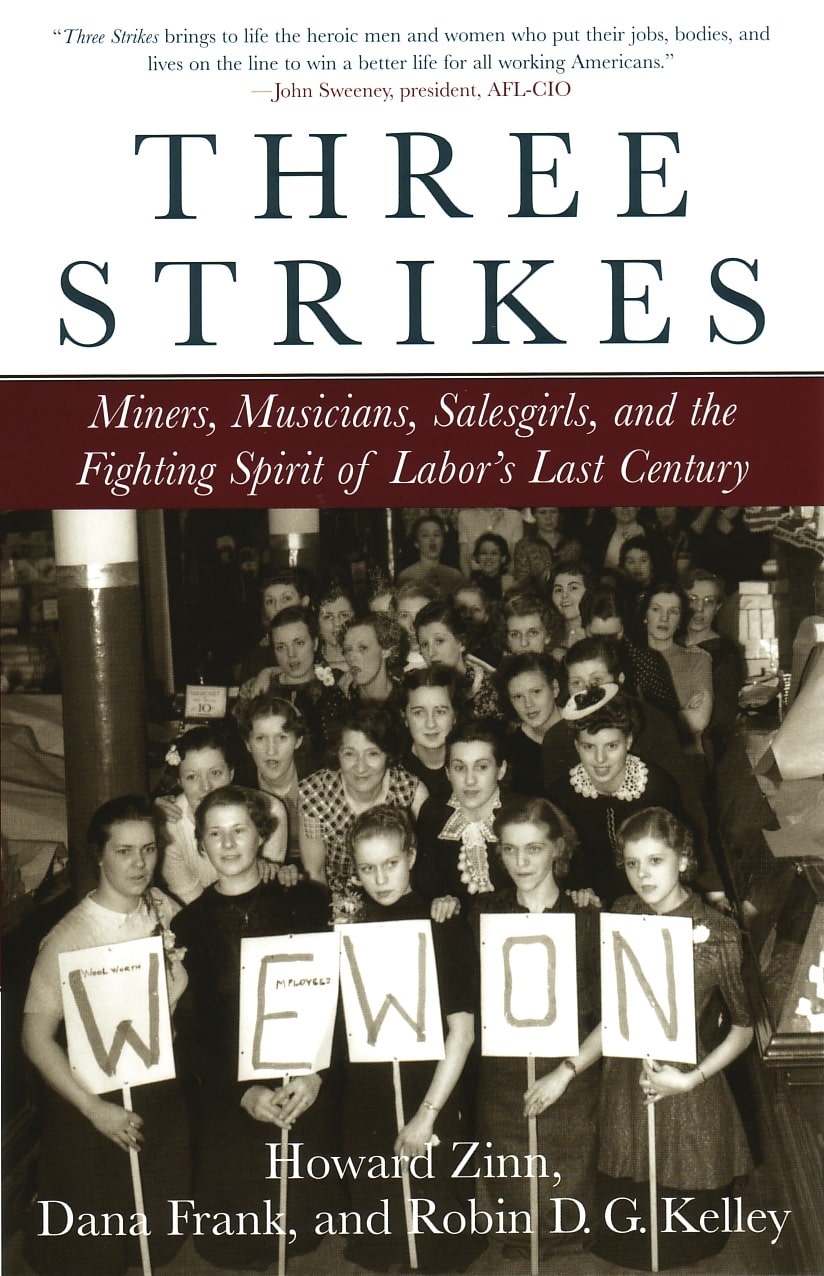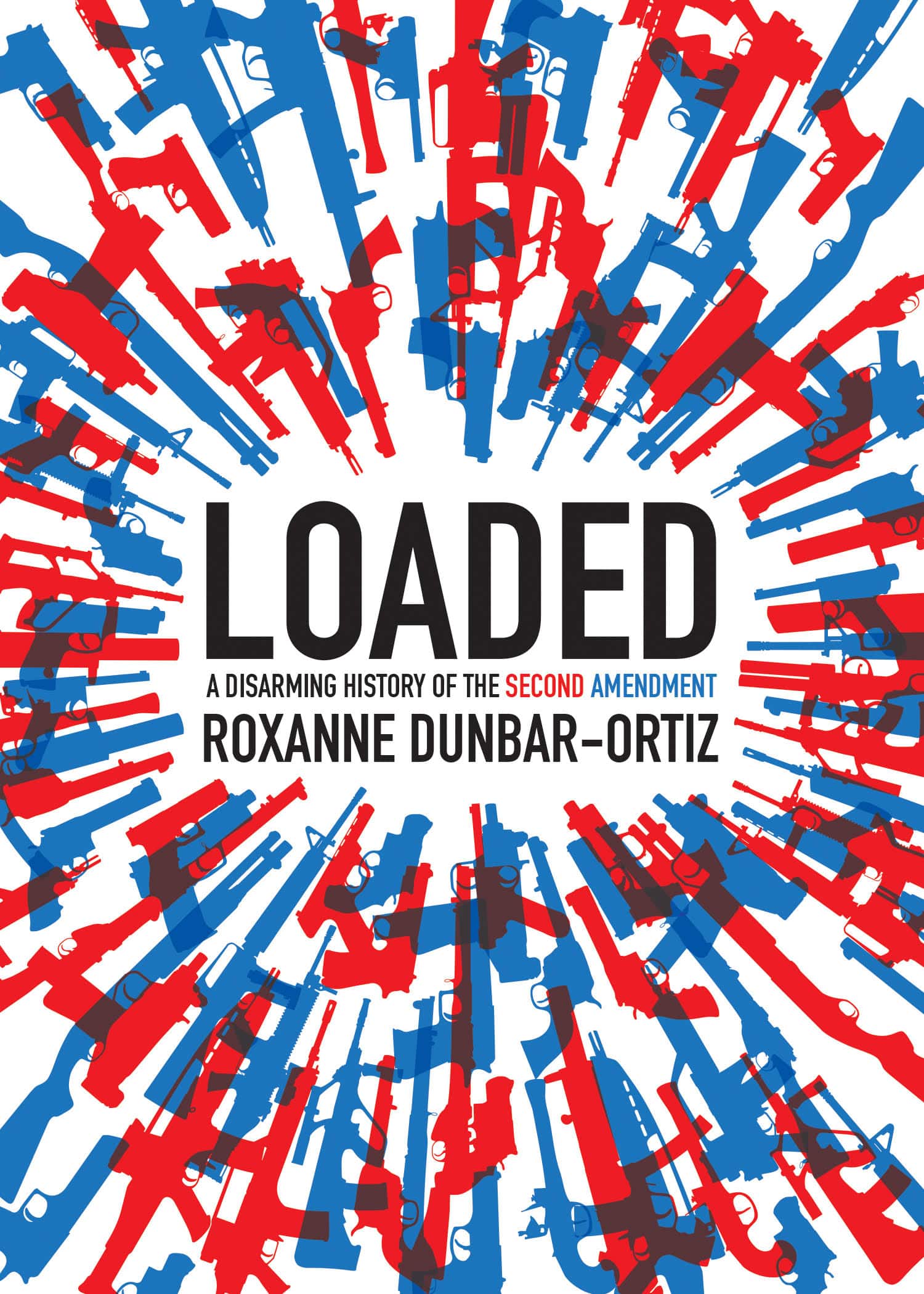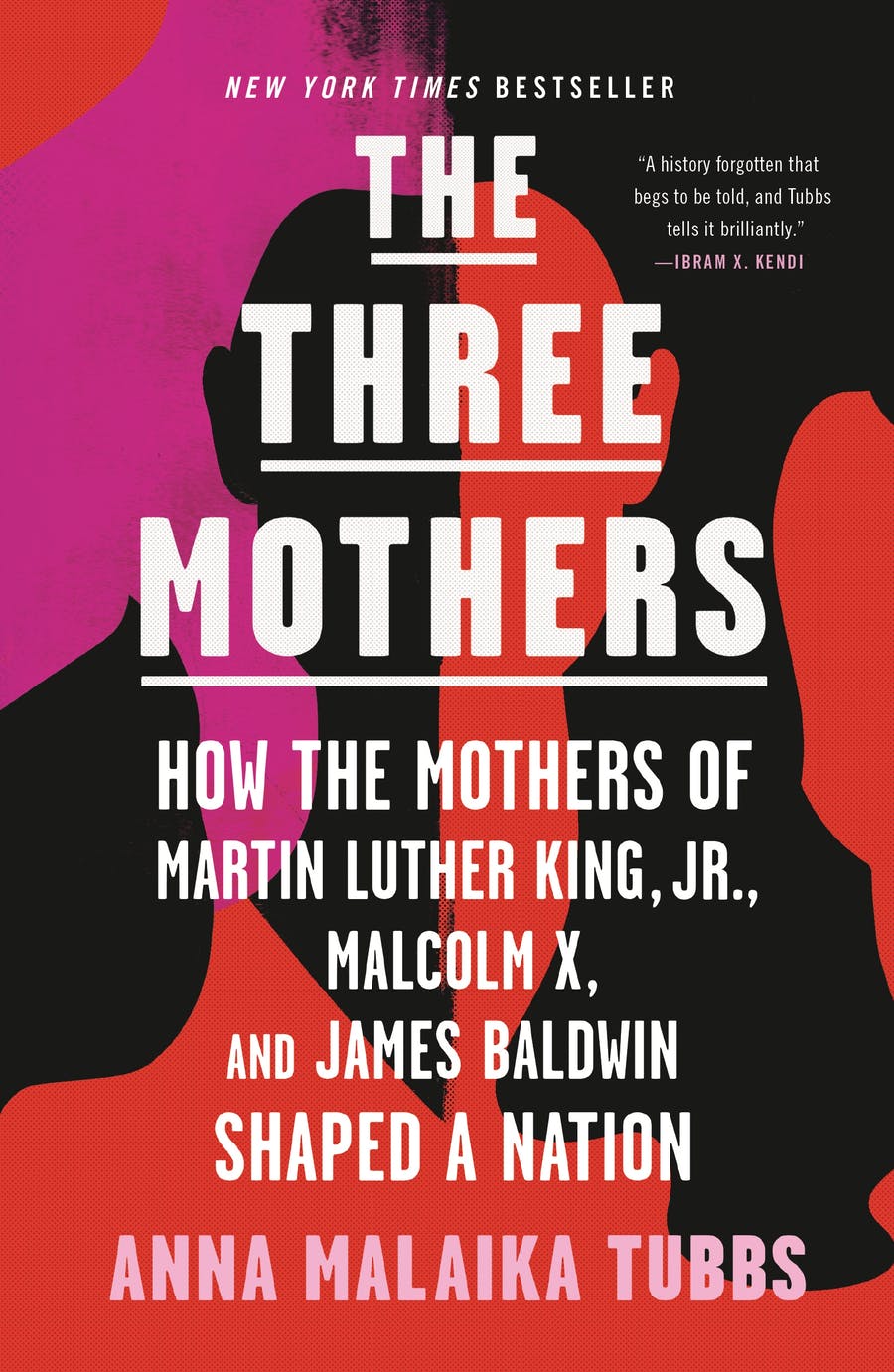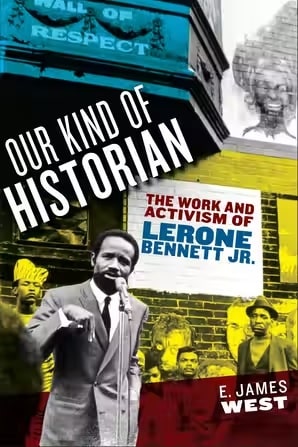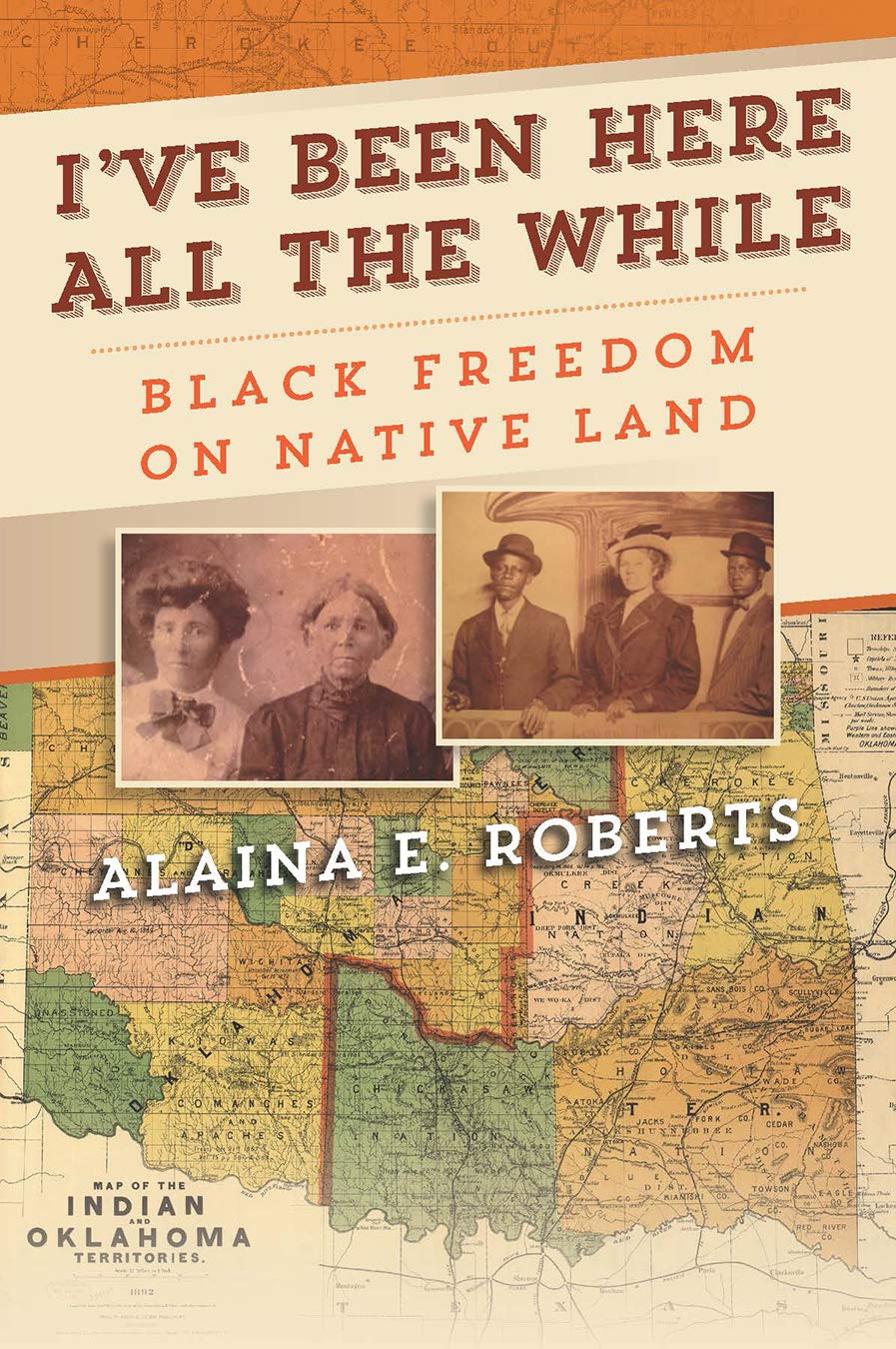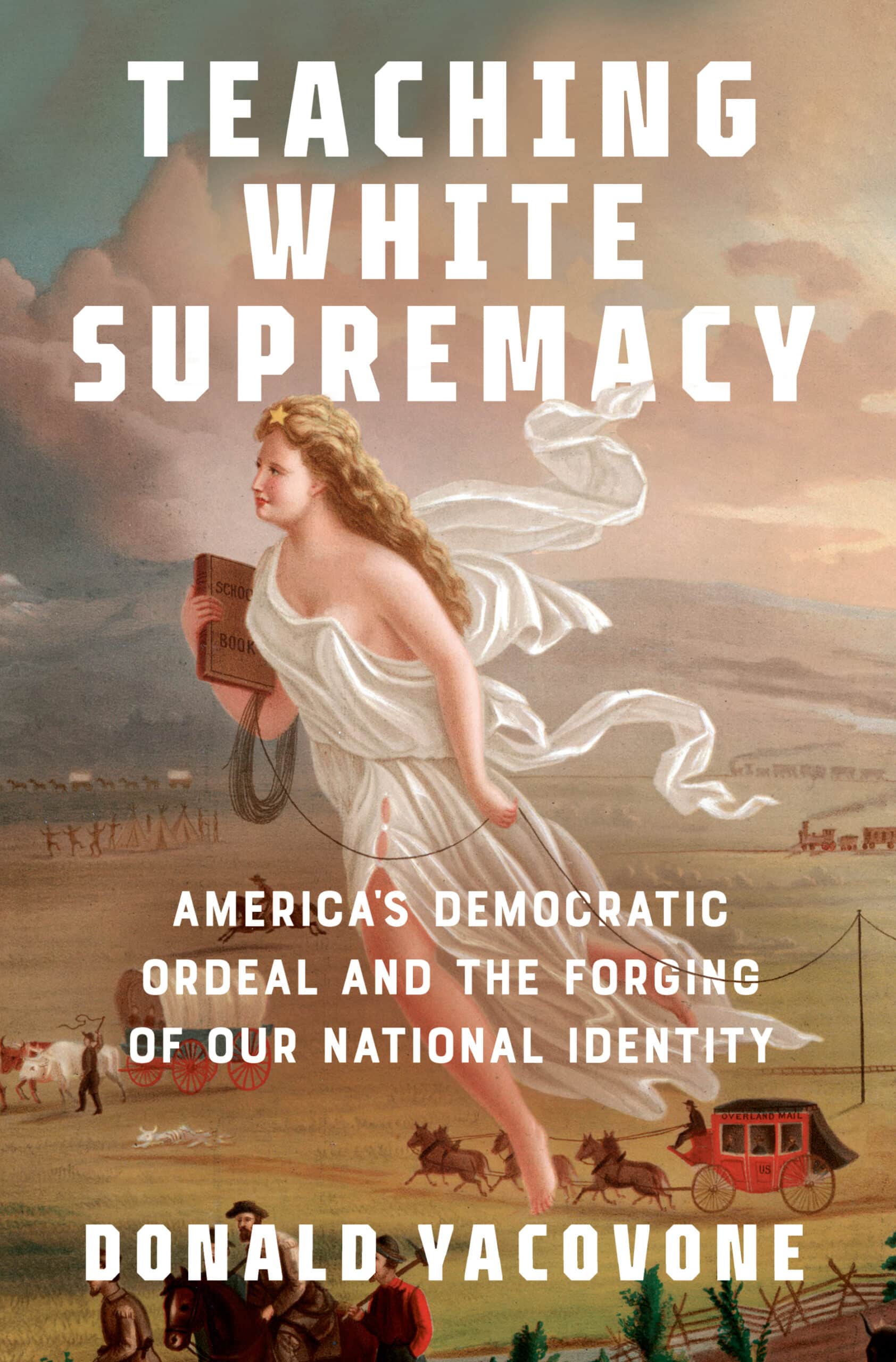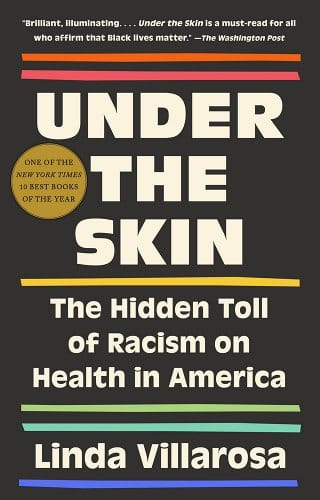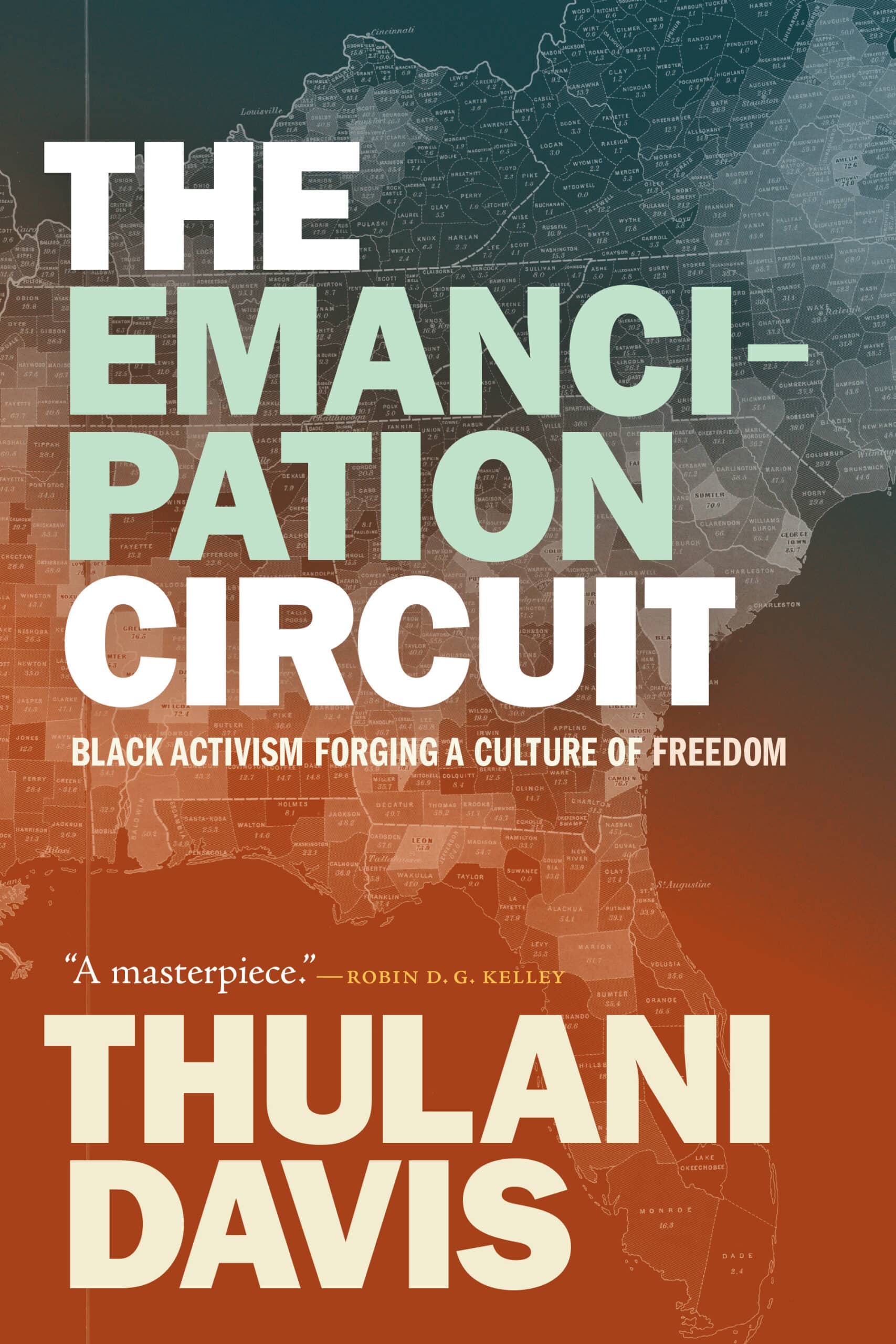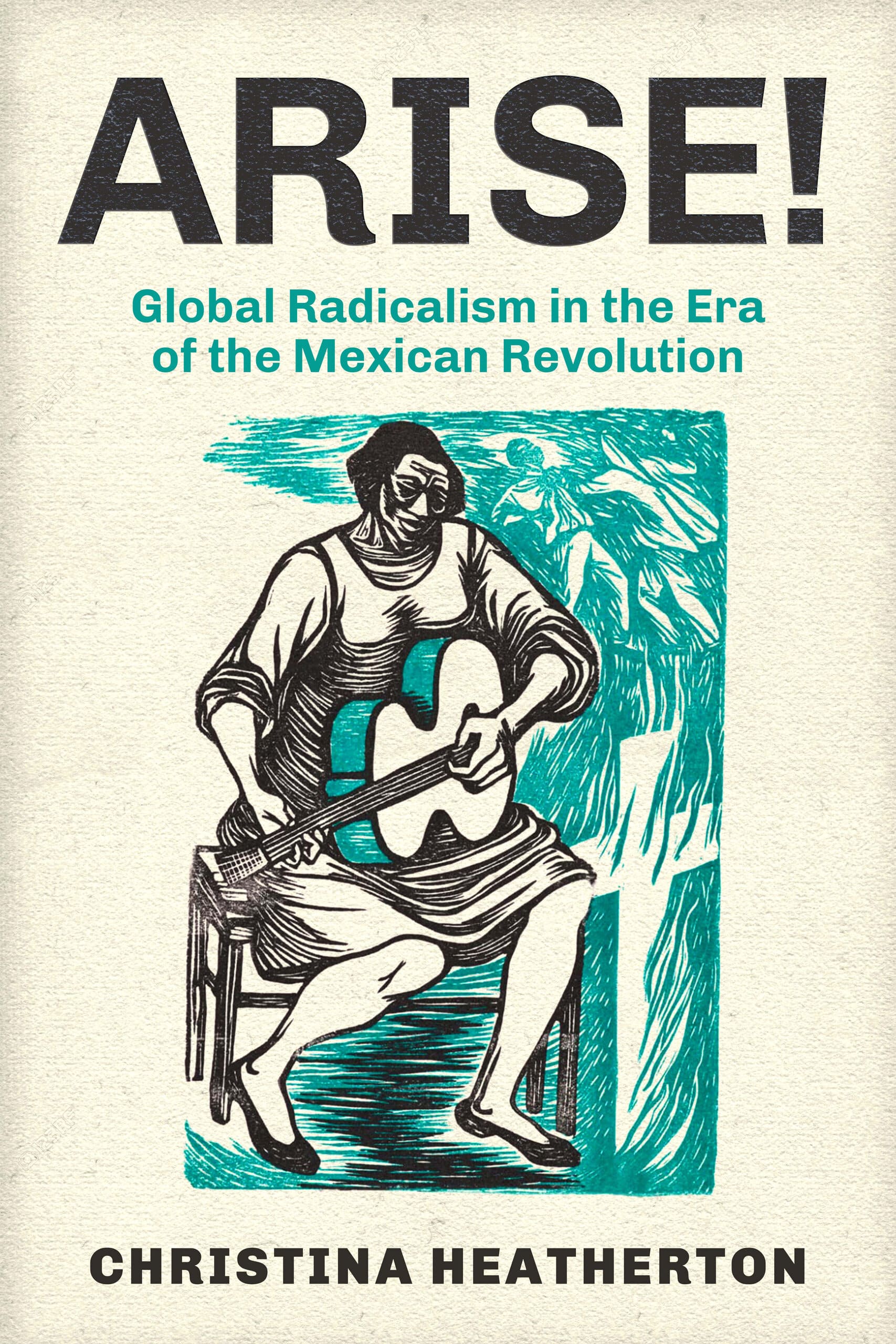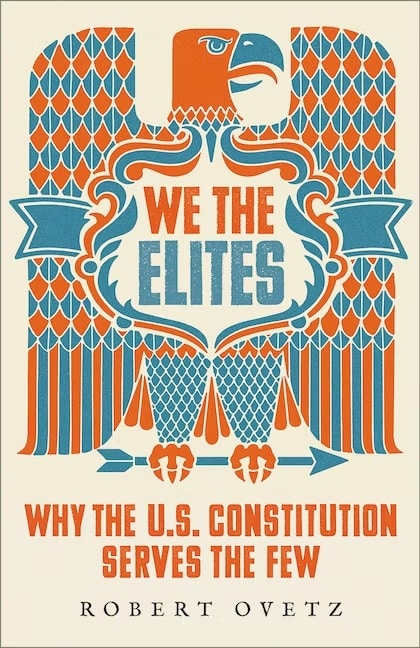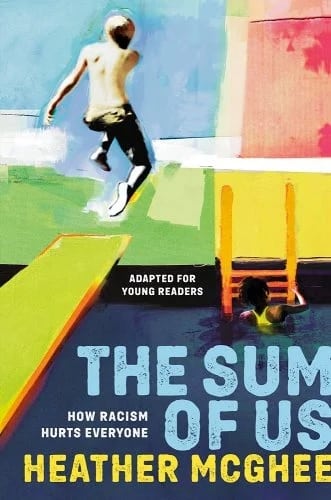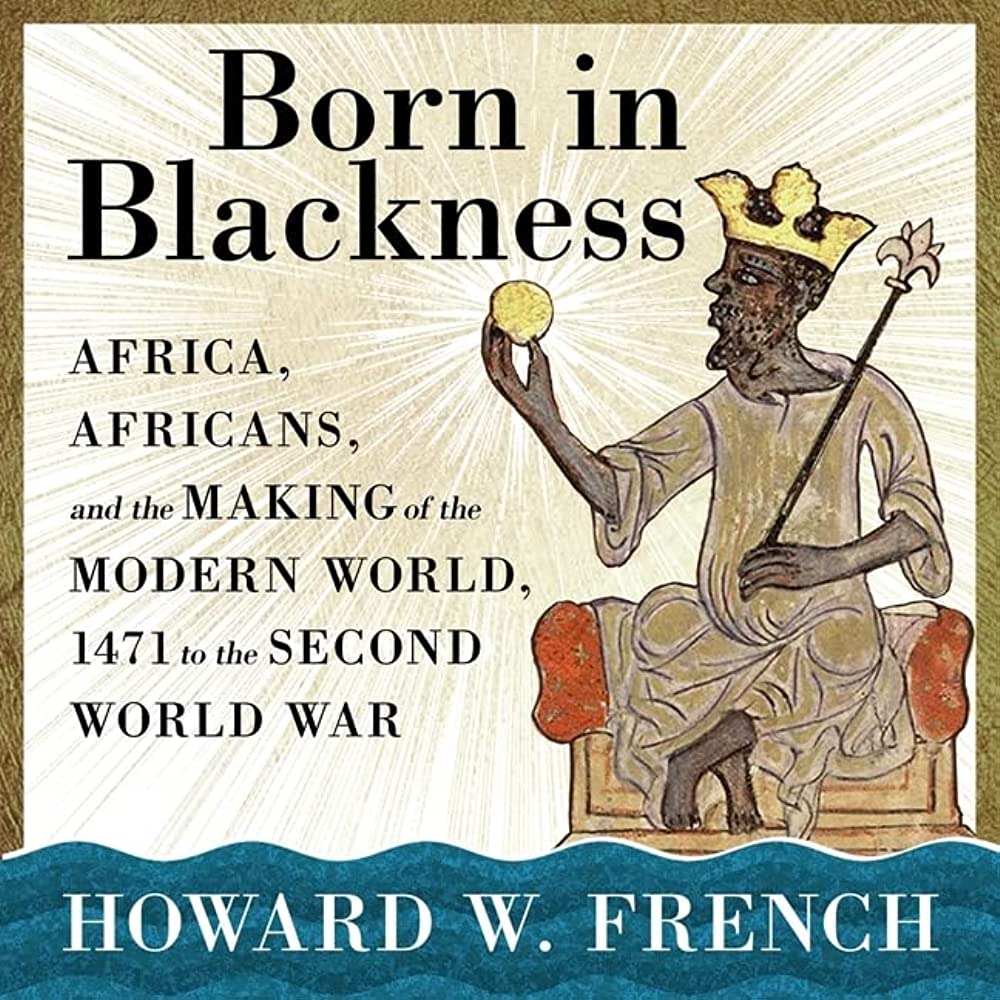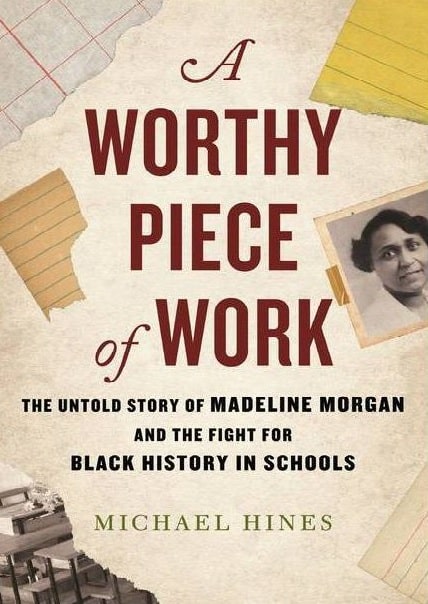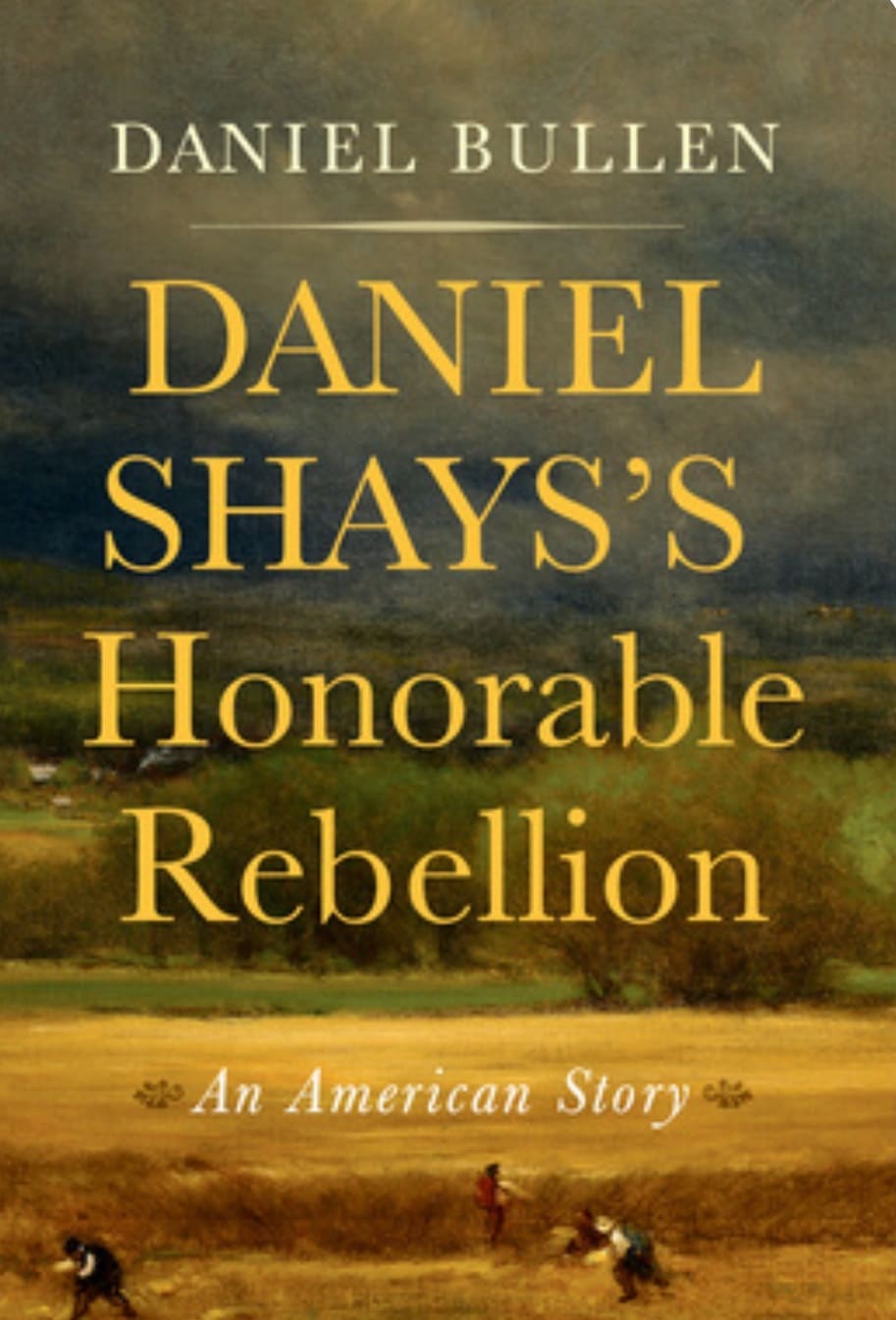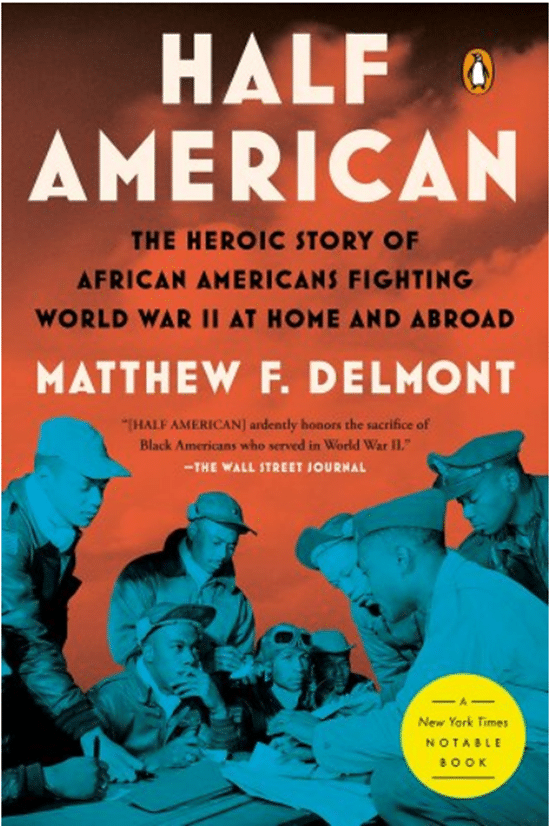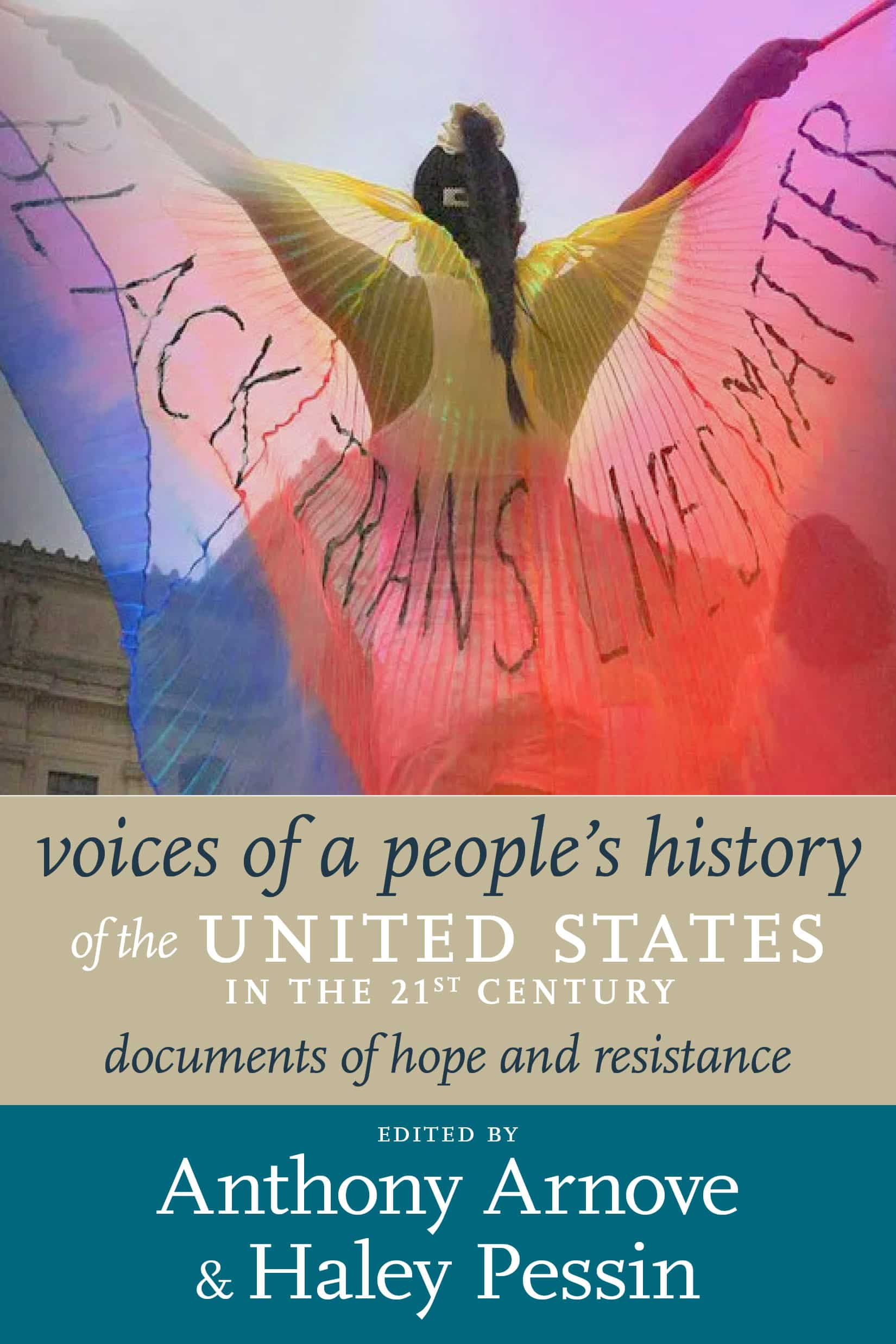Book — Non-fiction. By Nick Estes. 2024. 328 pages.
In Our History Is the Future, Nick Estes traces traditions of Indigenous resistance that led to the #NoDAPL movement.
Teaching Activity by Nick Estes
Continue reading
Book — Non-fiction. By Tera W. Hunter. 2019. 416 pages.
A comprehensive history of African American marriages in the nineteenth century.
Teaching Activity by Tera W. Hunter
Continue reading
Book — Non-fiction. By Johanna Fernández. 2020. 480 pages.
Fernandez demonstrates how the Young Lords redefined the character of protest, the color of politics, and the cadence of popular urban culture in the age of great dreams.
Teaching Activity by Johanna Fernández
Continue reading
Book — Non-fiction. By Carol Anderson. 2021. 272 pages.
This book illuminates the history and impact of the Second Amendment, how it was designed, and how it has consistently been constructed to keep African Americans powerless and vulnerable.
Continue reading
Book — Non-fiction. By Howard Zinn, Dana Frank, and Robin D. G. Kelley. 2002. 184 pages.
Three renowned historians present stirring tales of labor and the effectiveness of strikes and organized labor.
Continue reading
Book — Non-fiction. By Roxanne Dunbar-Ortiz. 2018. 236 pages.
A history of guns and gun laws in the United States, from the original colonization of the country to the present.
Continue reading
Book — Non-fiction. By Anna Malaika Tubbs. 2021. 288 pages.
This book details the lives of Berdis Baldwin, Alberta King, and Louise Little, the mothers of James Baldwin, Martin Luther King Jr., and Malcolm X, respectively.
Continue reading
Book — Non-fiction. By Kidada E. Williams. 2024. 384 pages.
An account of the brutal white supremacist violence and terror that formerly enslaved people were faced with during Reconstruction.
Continue reading
Book — Non-fiction. By E. James West. 2022. 328 pages.
This biography examines the life of historian and activist Lerone Bennett Jr. and his influence on African American culture and history.
Continue reading
Book — Non-fiction. Edited by Ben Wilkins. 2022. 216 pages.
A representative collection of Anne Braden's writings, speeches, and letters, from the relationship between race and capitalism, to the role of the South in U.S. society, to the function of anti-communism.
Continue reading
Book - Non-fiction. By Alaina E. Roberts. 224 pages. 2021.
Through chapters that chart cycles of dispossession, land seizure, and settlement in Indian Territory, Alaina E. Roberts connects debates about Black freedom and Native American citizenship to westward expansion onto Native land.
Continue reading
Book — Non-fiction. By Mariame Kaba and Andrea Ritchie. 2022. 400 pages.
No More Police calls on us to turn away from systems that perpetrate violence in the name of ending it toward a world where violence is the exception, and safe, well-resourced and thriving communities are the rule.
Teaching Activity by Mariame Kaba and Andrea Ritchie
Continue reading
Book — Non-fiction. By Donald Yacovone. 2022. 464 pages.
This book details the battle over historical memory in public schools and how the white elite has devoted extraordinary resources to perpetuating racist ideas in each generation through K-12 curriculum.
Continue reading
Book — Non-fiction. By Linda Villarosa. 2023. 288 pages.
This book details racial health disparities in the United States.
Teaching Activity by Linda Villarosa
Continue reading
Book — Non-fiction. By Thulani Davis. 2022. 464 pages.
The author traces how people newly freed from bondage created political organizations and connections that mobilized communities across the South during Reconstruction, building on a long tradition of organizing against all odds.
Teaching Activity by Thulani Davis
Continue reading
Book — Non-fiction. By Christina Heatherton. 2022. 336 pages.
This book tells the international history of radical movements and their convergences during the Mexican Revolution, reconstructing how this era's organizers found new ways to fight global capitalism.
Continue reading
Book — Non-fiction. By Robert Ovetz. 2022. 240 pages.
This collection of essays exposes the U.S. Constitution for what it really is — a rulebook to protect capitalism for the elites.
Continue reading
Book — Non-fiction. By Heather McGhee. 2023. 240 pages.
This young readers’ edition analyzes racism in U.S. politics and policymaking, and provides a potential path forward through solidarity.
Continue reading
Book — Non-fiction. By Howard W. French. 2021. 521 pages.
This sweeping history reveals a long-concealed history of trivialization and, more often, elision in depictions of African history throughout the last five hundred years.
Continue reading
Book — Non-fiction. By Michael Hines. 2022. 224 pages.
The story of Madeline Morgan, a teacher and an activist who created curricula that bolstered Black claims for recognition and equal citizenship.
Continue reading
Book — Non-fiction. By Daniel Bullen. 2021. 320 pages.
A history of Shays’ Rebellion, where farmers challenged the state’s authority to seize their farms for flagrantly unjust taxes, told from the protesters’ perspective.
Continue reading
Book — Non-fiction. By Matthew Delmont. 2024. 400 pages.
Accounts from the Black press, Black workers and veterans, and civil rights activists, will help teachers and students tell a fuller, truer, and more historically useful story of World War II.
Continue reading
Book — Non-fiction. By Medea Benjamin and Nicolas Davies. 2022. 198 pages.
An examination of the events leading up to the 2022 conflict between Russia and Ukraine, the different parties involved, and the risks of escalation and opportunities for peace.
Continue reading
Book — Non-fiction. By Gerald Horne. 2022. 632 pages.
A detailed history of counterrevolutionary forces in Texas state history.
Continue reading
Book — Non-fiction. Edited by Anthony Arnove and Haley Pessin. 2023. 352 pages.
Speeches, essays, songs, and documents from a range of movements offering hope for those seeking to understand our recent history so they can better understand how to change it.
Continue reading


